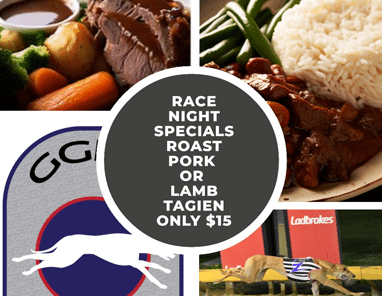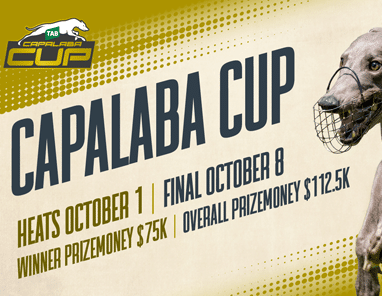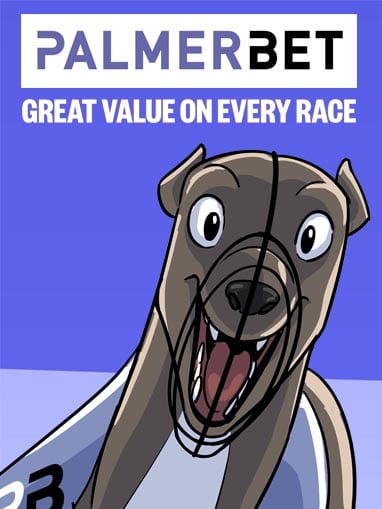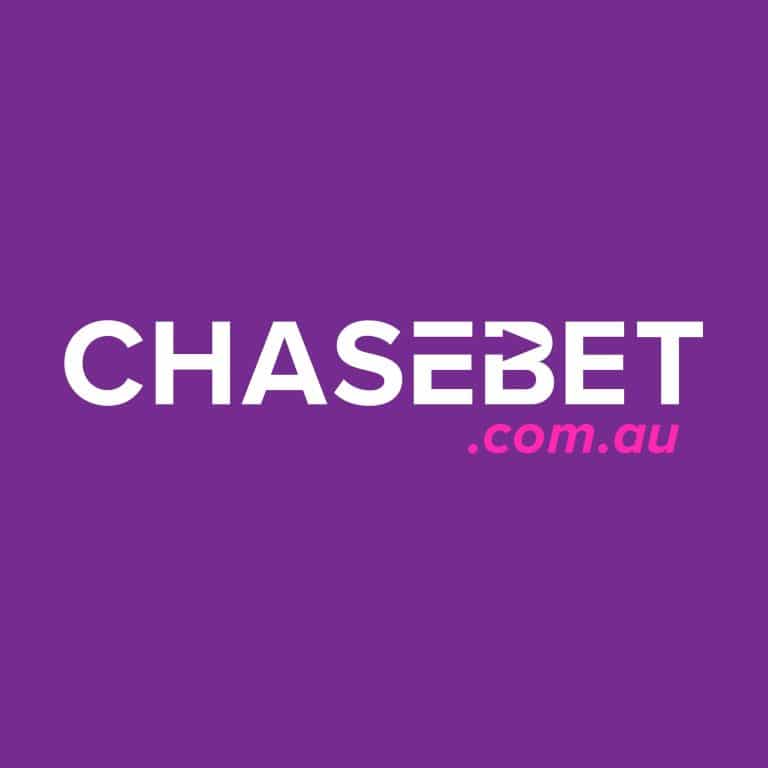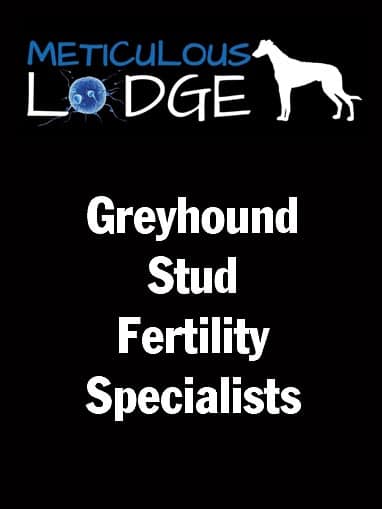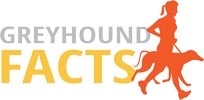
By MIKE HILL
YOUNG Churchable (SE Qld) trainer Jamie Hosking had his best night at Albion Park last month since relocating from Darwin a few years back.
Hosking, who we feature in this month’s The Trainer column, led in a winning treble at the premier Thursday night meeting with litter mates Waddling Witch and Columbian King and new kennel acquisition, the much-travelled Mepunga Zeus.
“It was great to get the winners although it was a bit of a shame there was no crowd (due to COVID-19 patron-free restrictions),” he said.
“It didn’t quite have the atmosphere you get when people are trackside.
“But it is what it is … at least we are still racing.”
A few years back Hosking, now in his mid-20s and grandson of the late Mick Emery – a well-known owner-trainer-breeder in the Ipswich-Brisbane region – was carving a niche for himself in the Top End and fast becoming one of Darwin’s leading trainers with winners coming thick and fast.
In October 2018, only a few months before he packed up and moved to southern Queensland to help his ailing granddad, who had been diagnosed with terminal cancer, Hosking had led in six winners on an eight-race program at Winnellie Park.
“It was my best ever training effort and the first time I have had so many winners,” Hosking said at the time, although multiple winners were nothing new to the young trainer.
He regularly rugged up his two or three wins a night in Darwin, but admits it’s much harder to win a race around Brisbane.
Hosking, who has been training since his late teens, said he caught the ‘bug’ through his granddad. Emery had trained in Darwin before moving to the Ipswich region.
“My Granddad is the reason I got into dogs,” he said.
And last month’s success brought Hosking close to his granddad as Waddling Witch and Columbian King are members of a smart litter (Dyna Double One-Pauls Memory) Emery bred six months before his passing.
Waddling Witch is highly talented with a 5-1-1 record from nine starts, including two sub-30s runs over 520m at Albion Park.
“It’s a nice young litter,” Hosking said.
He was also super impressed with the efforts of Mepunga Zeus. Having his first start for the kennel, the Bella Infrared-Mepunga Hayley sprinter clocked a slick 30s for the 520m trip.
The sprinter arrived from Darwin in top form with six wins from seven starts in the Top End after beginning his career in Victoria before moving to SA.
“He’s a nice old dog with more wins in him,” the trainer said.
1: How and when did you get involved in greyhound racing?
A: Through my family. From an early age I remember Grandad racing greyhounds in Darwin. I started training at 16.
2: Who has been the greatest influence on you as a trainer?
A: Without my Grandad (Mick Emery) I definitely wouldn’t be where I am today. A lot of the systems we use and the way I go about training is definitely something I inherited from him. Not to mention the amazing facility he set up that I train from. Another major influence would definitely have to be Stephen Whyte. When I was in Darwin he used to come up every year for the Cup carnival. I remember I had about 15 dogs in work at the time and was walking them morning and night and also worked a full-time job. You could say I was pretty busy. He introduced me to empty-out yards and how to work dogs up a straight, the importance of a dog being healthy not just sound. I still use a lot of what I learnt from those Darwin Cup visits today.
3: At what age do you start preparing a pup for racing?
A: We usually bring pups in around 12-14 months old and start breaking them in. We give them about six weeks’ worth and then a month off. Without any hiccups, after that we start racetrack trials and field trials etc and then start planning a race start.
4: How long does it take to prepare a pup for its first race?
A: How long is a piece of string? All are different, but from break-in I would say 12 weeks as a minimum.
5: What makes a good pup?
A: I think there are all sorts of good dogs that are totally different as pups. Generally speaking, something outgoing and with a good prey drive nice and young is ideal.
6: Do you do anything special when preparing a young dog for its maiden compared to a seasoned performer?
A: Not overly. Just make sure they’ve done it all first … been in the race kennels, had a rug on, been in a field trial etc.
7: Do you have a set routine for all your greyhounds or do you vary training for individual runners?
A: Routine is fairly similar for all dogs, however, some may get worked a bit harder than others, but it changes day to day.
8: Do you have any unique or unusual methods you would like to share in regard to training?
A: Not overly.
9: Do you swim your dogs as part of your training regime?
A: No, I don’t have the facilities to do that.
10: How frequently do you like to race your dogs?
A: It depends on the dog. Once a week is ideal, but some short coursers like the 4-5 day gap between runs or even twice in seven days.
11: What’s your training routine for dogs between races?
A: All my dogs go on a walking machine for 15 minutes daily except for the day of a race and then I try to have two good hit-outs up a straight in between. (If racing every 7 days)
12: Do you do all muscle work on your dogs or do you use a professional muscle man?
A: A second opinion is always good, but I do try to do it myself as I believe you do know your own dogs better than anyone else does.
13: Do you treat all injuries to your dogs yourself?
A: Usually yes with advice from a vet depending on the seriousness of the injury.
14: Which is the best greyhound you have trained?
A: Waddling Witch.
15: What does the industry need most going forward?
A: A wave of young people.
16: What is the best advice you could give someone just starting out as a trainer?
A: Always be open to learn and never think you know everything. Most trainers or industry participants are very approachable and willing to give advice. Look for the successful ones and try to get some advice from them.


